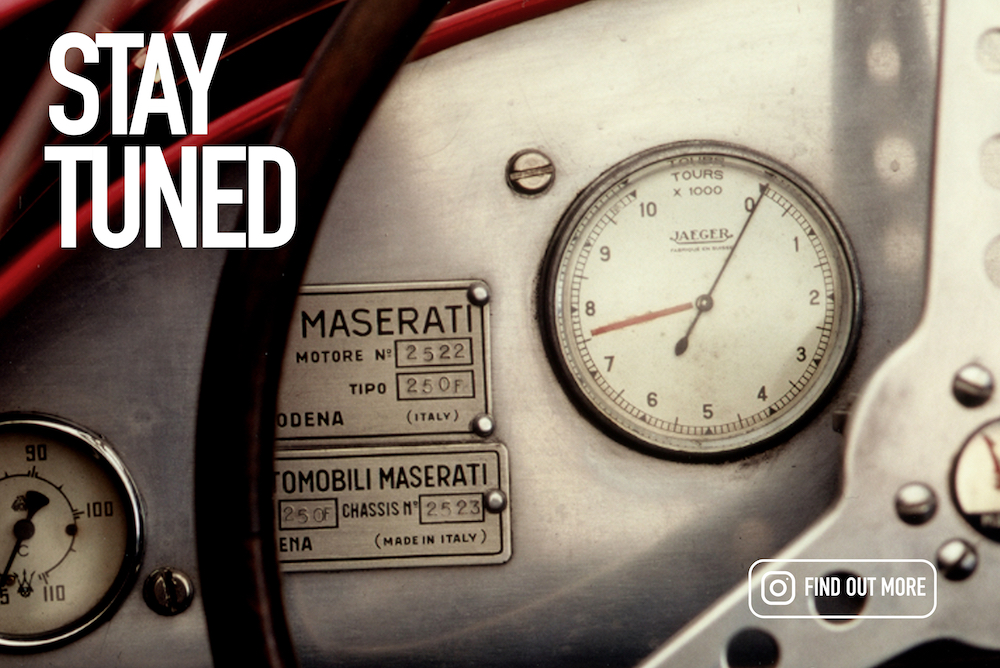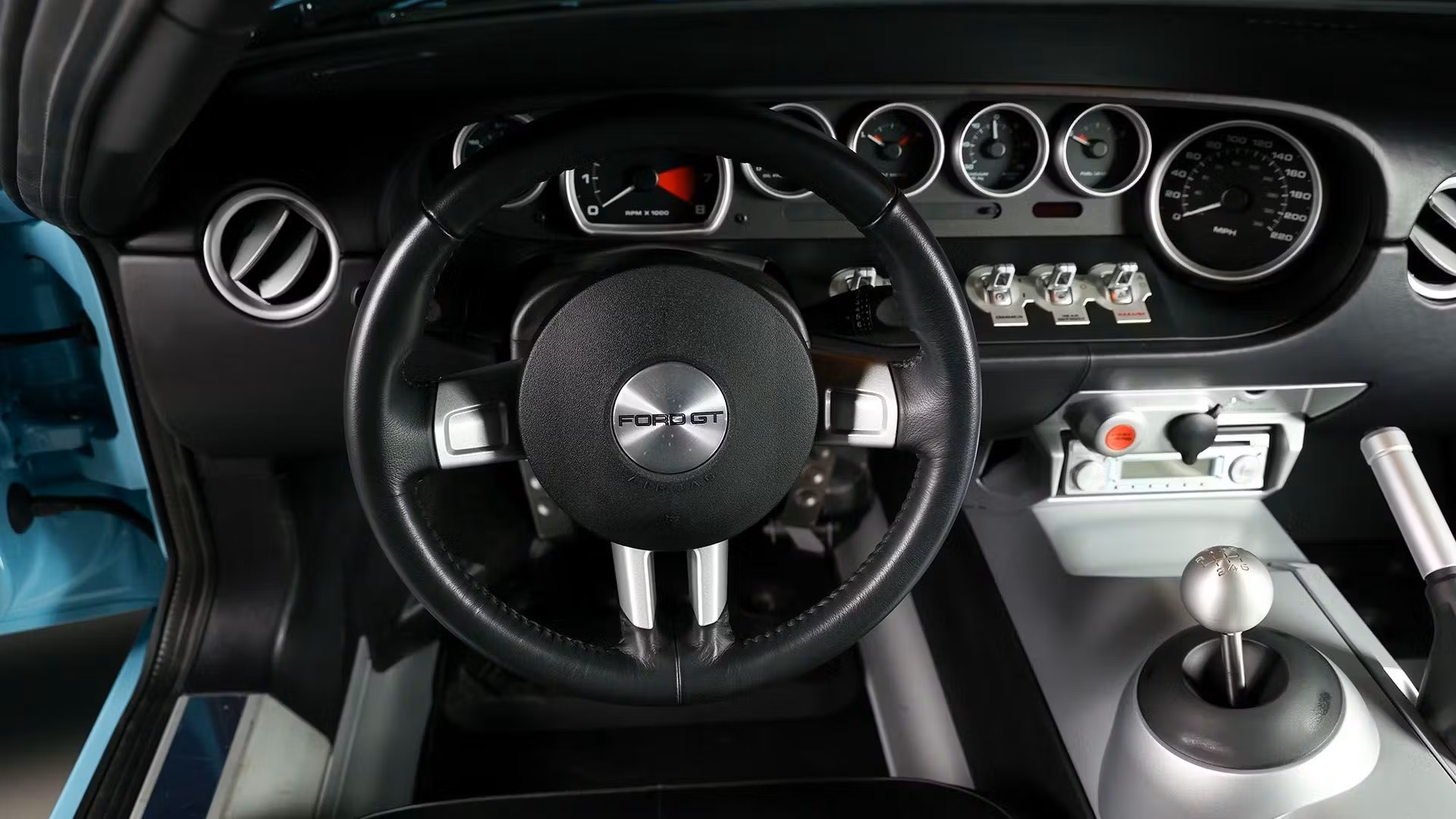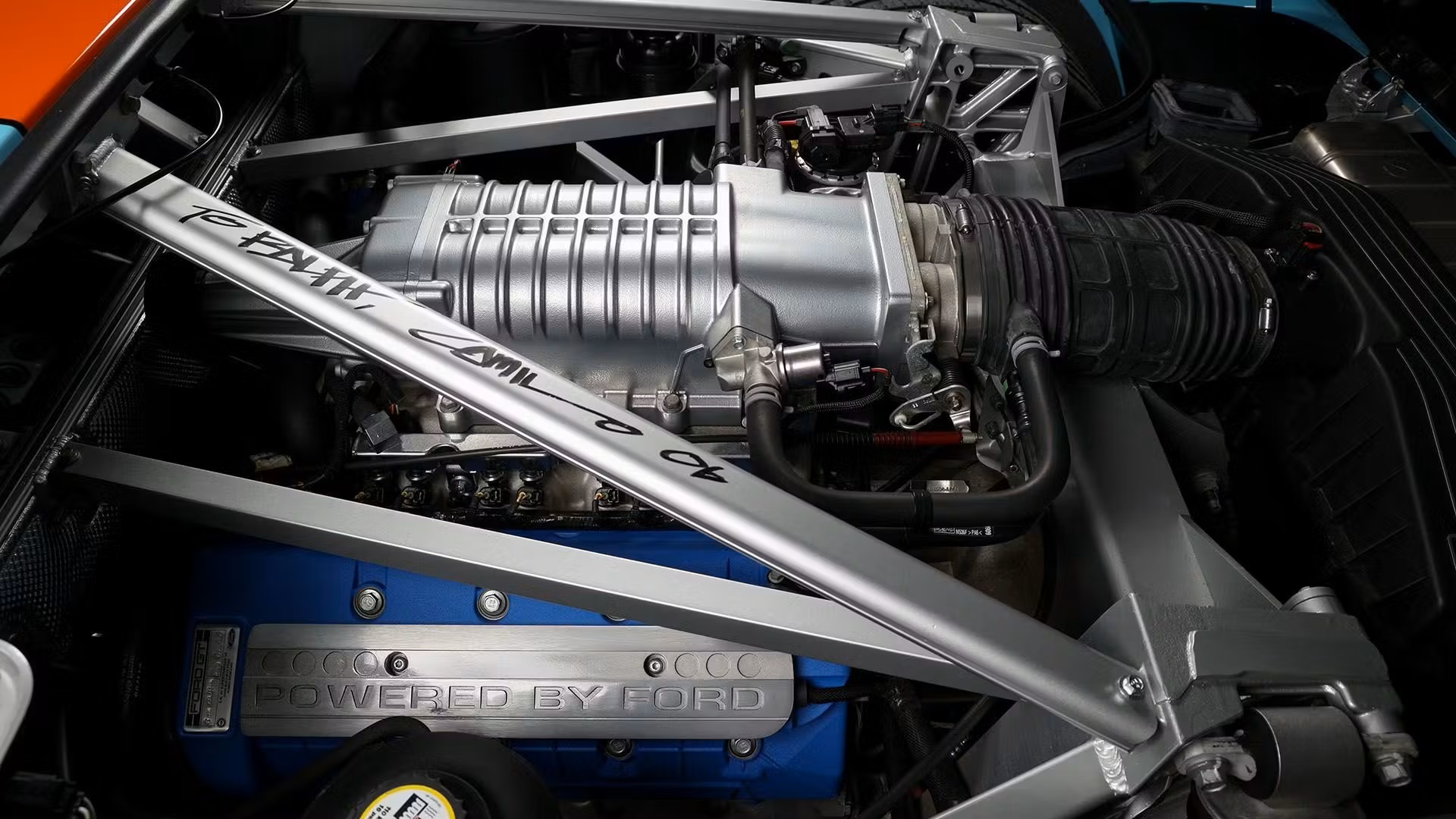When Chief Designer Camilo Pardo first took up his tools in 1999 to bring the 2002 Ford GT40 concept car to life, the stakes were a little different than the last time the Blue Oval set about constructing an all-conquering GT40. There was no need to settle a grudge with Ferrari at Le Mans—that matter had been rather thoroughly closed a few decades prior.

Instead, the concept would celebrate the brand’s centennial anniversary, and remind the world of what Ford could do when it put its collective mind to something. Today, the first-generation Ford GT is roundly considered an American classic and a fitting road-going successor to the 1960s originals.
The celebration fortunately wouldn’t end with the concept. After the rousing response to the GT40 concept’s debut at the 2002 North American International Auto Show, Ford realized they had to build it. The car was a home run—every bit as imposing and purposeful as the originals, but also the modern halo car needed to help refresh the public’s image of the company. Within a matter of weeks, Bill Ford, Jr. announced that the company would indeed put the car into production.
Of the many retro-inspired designs from the early 2000s, few have aged as well as the GT. It didn’t hurt that the original GT40 was an attractive starting point, but Pardo created a clear lineage to the original without making the GT feel dated or out of place, even when observed over 20 years after its debut. Proportions appear spot on, though dimensionally, this car is larger than its predecessor in just about every way—four inches taller, a significant 18 inches longer, and about six inches wider.
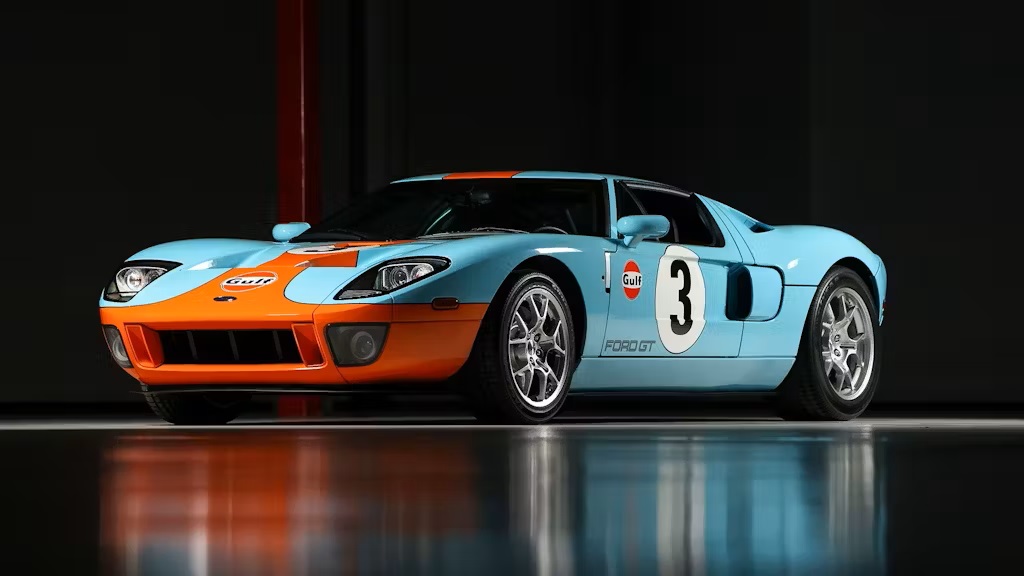
Flagship cars from companies that typically produce more modest offerings can sometimes suffer from excessive trips to the parts bin. While Ford did use parts from other models on the GT, they were largely relegated to out-of-sight items, like the steering shaft and joints in the suspension. The 5.4-liter supercharged V-8 came from Ford’s Modular engine family and shared some architecture and components with other Ford V-8s at the time, but with an aluminum block, forged internals, unique camshafts, and a host of other GT-specific bits, this was more complicated than merely cramming an existing large engine into a small car.
The resulting 550 horsepower pushed through a six-speed manual transmission and a stable, balanced chassis (with nothing in the way of nannies to keep you—or save you—from misbehaving) yielded a brutally fast car in a straight line and on a road course.
Building upon that prowess was a cabin that owners could actually live with. Those few fortunate enough to own an original road-going GT40 know just how hard they can be to use as regular transportation, but the GT came with modern accouterments—most importantly, air conditioning—that made for a much more welcoming experience. Though some reviews suggested the car was sprung a bit stiffly for the road, the GT truly was a kinder, gentler Blue Oval halo car.
The end result was an American rocket of a sports car that presented every bit as well as its European competitors while often making short work of them at the track. Hagerty’s own Larry Webster, then at Car and Driver, tested the GT against a 2004 911 GT3 and a 2004 Ferrari Challenge Stradale in their January 2004 issue. Said Webster: “It wasn’t even a contest. The Ford GT so completely dusted off its two highly recognized competitors that if we had wanted to make this a real challenge, we would have had to go way up the ‘supercar’ price ladder.” Ford had resurrected a winning recipe.
Ford also knew the value of exclusivity, and only built 4038 GTs over the 2005 and 2006 model years. Going a step further, in 2006 Ford offered the GT Heritage Edition (the example you see here is on offer with Broad Arrow at its upcoming Amelia auction). Only 343 GT Heritage Editions were built, all wearing the Gulf livery of the GT40s that secured victory in the ’68 and ’69 runnings of the 24 Hours of Le Mans. These have become the most desirable of the 2005–06 GTs, and trade hands for a healthy amount above the base car.

Even when they were brand new, first-gen Ford GTs often commanded a significant premium above their $150,000 sticker price. Values dropped slightly during the 2008 financial crisis, but the car was never subject to significant depreciation. Prices slowly edged up, and the trajectory has been very strong over the last five years, especially for Heritage Edition cars. To wit, #1 (Concours)-condition examples are up 57 percent in that time, even trending up slightly in the last quarter. Similar-condition base GTs are up 32 percent over the same period.
Values for #2 (Excellent)-condition GTs have slipped over the last quarter (down five percent for Heritage cars and 3.3 percent for the base model), but remain well ahead of pre-pandemic values.
Buyers appear ever more willing to pay a premium for the best cars. The right options can noticeably boost value: Factory BBS wheels add $4000, factory stripes bring $3000, the McIntosh audio system is worth an additional $2500, and you’ll fork out an additional $900 for painted brake calipers. More significant, though, is mileage; if your GT hasn’t covered much ground, you’re in for extra cash upon its sale. If it’s a wrapper car—one with next to no miles—you’ve got a golden ticket to the top tier of GTs.
Also of note is the 2005–06 GT’s slow creep toward its younger, more expensive sibling. The strongest sale of a first-gen car is within $12.5k of the lowest sale of the newer 2016–22 GT. While there’s still a healthy value delta between the two generations, the first-gen GT is a bit further into its collector status and hits the sought-after sweet spot of modern usability, classic looks, and analog feel (not to mention the V-8 soundtrack that the newer car lacks).
Given its high values, ownership of the first-gen GT naturally skews slightly older. That said, the share of 30- to 49-year-olds seeking quotes is up six percentage points (to nearly 20 percent of the first-gen GT market) in the last five years, and quotes sought from 18- to 29-year-olds are up nearly fourfold over the same period. There wasn’t ever much question about the GT’s collector status, but healthy interest among younger enthusiasts will help ensure that the first-gen GT remains one of the most cherished modern American supercars.
Though the 2005–06 GT didn’t share the same objective as the original models, it was no less successful in achieving its mission. A captivating blend of uniquely American supercar history, modern usability, and raw performance has solidified the GT’s place in the modern collector car world.
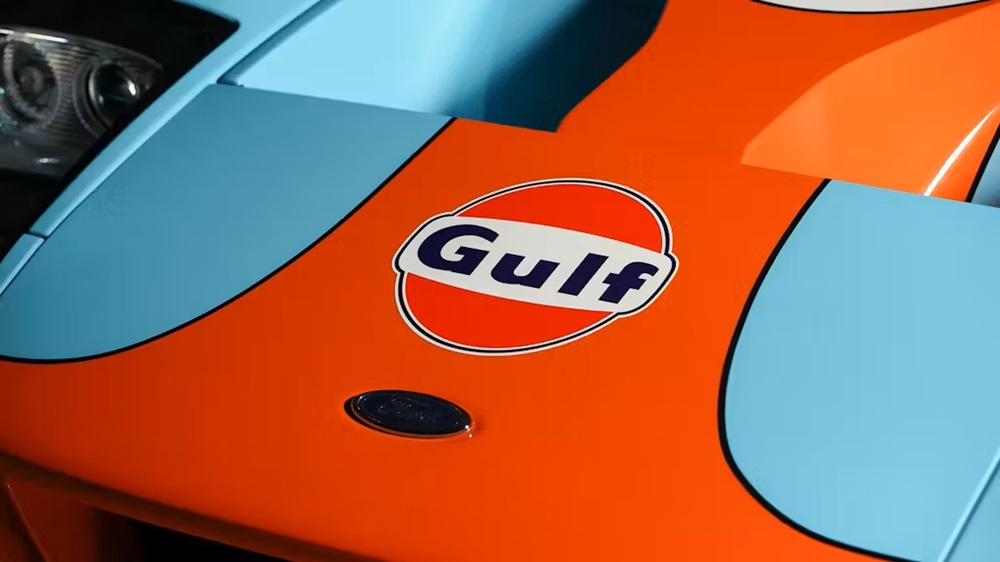
find more news here…
